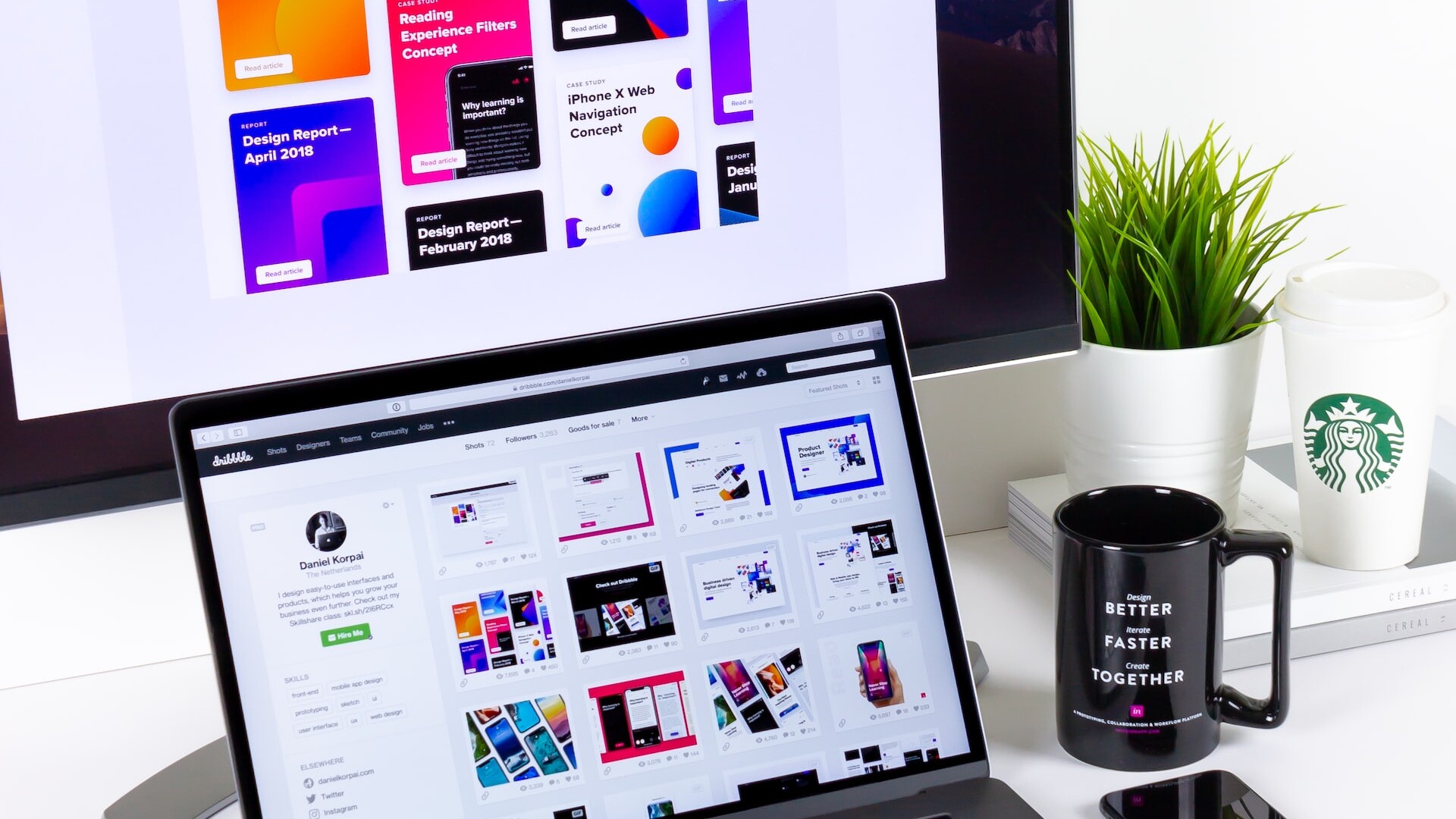Simplify Design to Amplify Clarity
From design to content strategy, with specific attention to the web, minimalism has taken precedence. The right techniques can improve the legibility of design, create a perception of expertise and foster true connection. The big question emerges: how can designers distill the essence of complexity into an elegant and powerful design without veering too far off course and peeling away valuable layers of information?
We can all recognize that the current and longtime climate of complexity is building by the day. Complexity has become a large part of our lives, so resources are at a minimum. A clear driver for a simplicity approach is to serve the user.
- Simplify (the message)
- Solve (a problem)
- Save (user resources: time, money)
Taking steps to achieve minimalism will not only allow greater cognition for the user, but fast track the ultimate goal of conversion.
Pare Down
It’s inevitable that aspects must be removed or edited. There are only a few primary guidelines to follow – and when applied, the power is boundless. Beginning with deduction, anything that is superfluous should be removed. This is demonstrated by looking at simple products or interfaces – they tend to be more powerful than “easy to use”, dumbed down, gimmicky messages.
The details still matter, and even more so due to a consumer base that is highly studied and to an extent, at capacity. Both user and maker demand the perfect balance of beautiful, relatable, customizable, functional and legible. All of the parts and pieces that are built from the complex beginnings must add up to this sum, delivering a simple yet resonant call to action.
Optimize Content to Simplify Complexity
Increasing the effective nature of user cognition through content by using small words, short sentences, familiar concepts, and clear typography (among other means) is vast. The resulting fluency often dramatically increases the message’s acceptability. Not only is it better understood, but it is also met with affinity. A site or application with a high fluency level will encourage the user to feel comfortable in the environment. It can focus on why they came to the site initially.
Communicate Efficiently (and Visually)
If the main point is clear – an opinion can be formed, creating an instant connection for the user. All necessary aspects should be arranged so that the essential ‘toolbox’ is at the user’s fingertips, with anything else hidden in plain sight (i.e., they can find it if they look). In analyzing the current communication platforms, the delivery of information in a clear and concise manner is of critical importance. The use of visuals to get the point across can be helpful to avoid information overload and heighten cognition.
Beyond design, branding and marketing, there is a yearning for the elusive balance of all things. Guiding the user through an experience where content is easily understood, information is relevant and their needs are (quickly) met will ensure a lasting and profitable engagement.
Related Articles
2016 Tech + Design Conference Guide
November 12, 2015
Game Changer: Finding A Brand’s Differentiator
November 3, 2015



